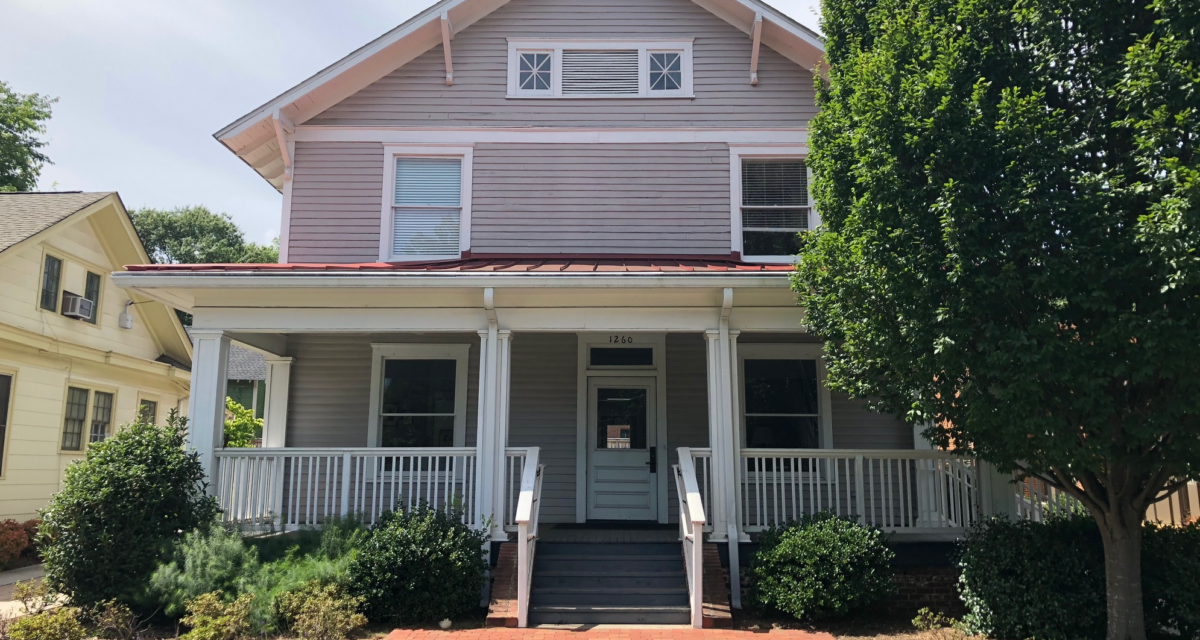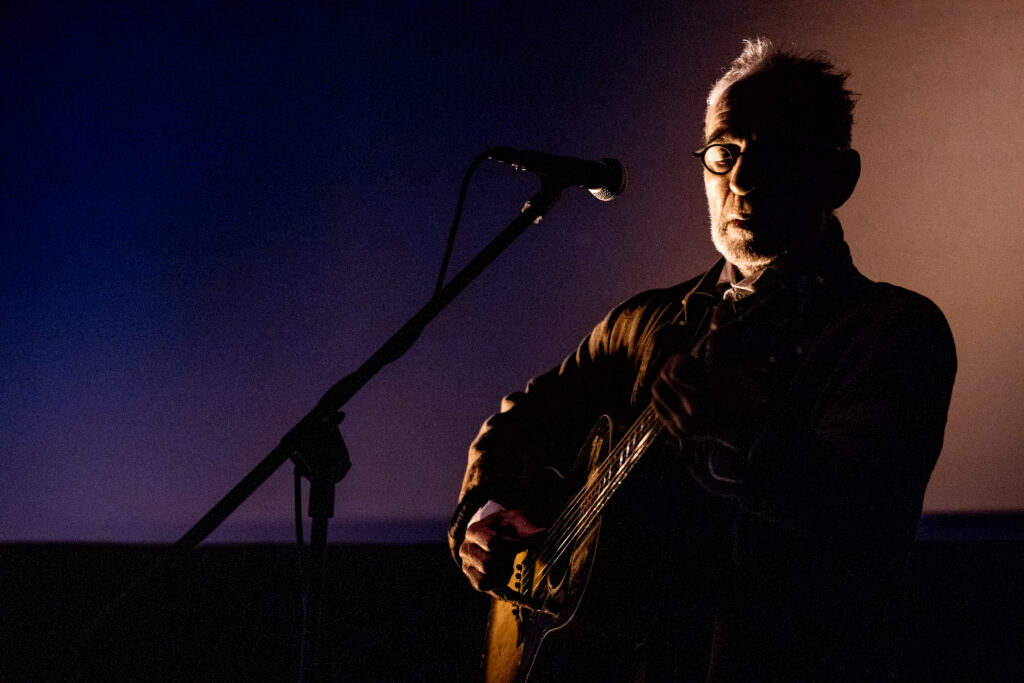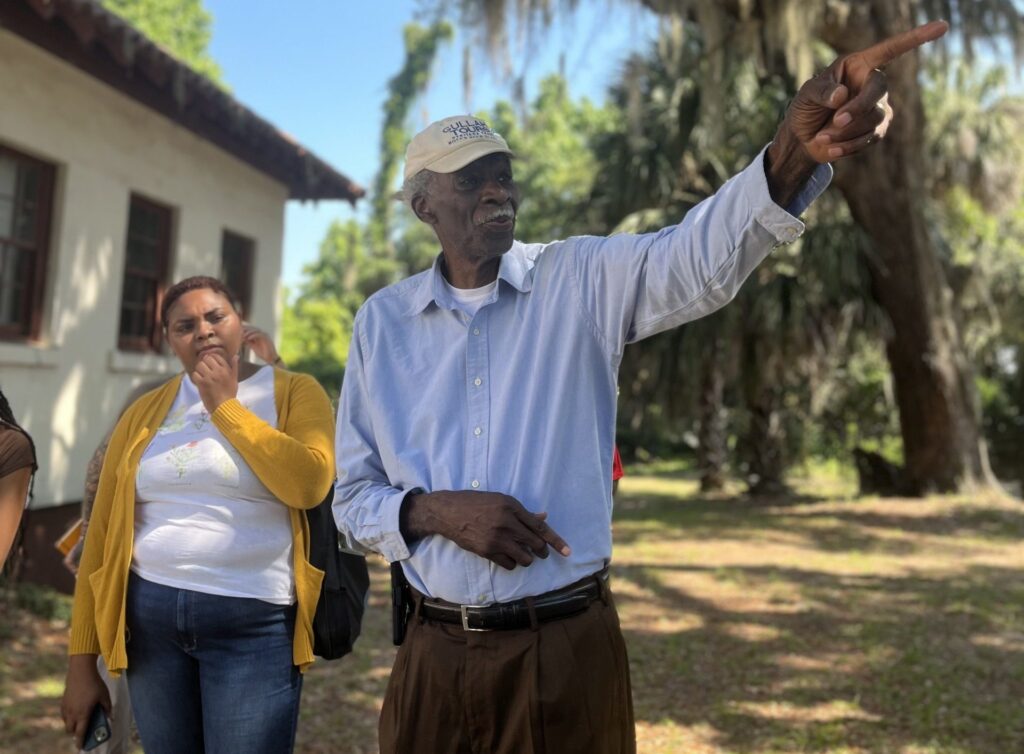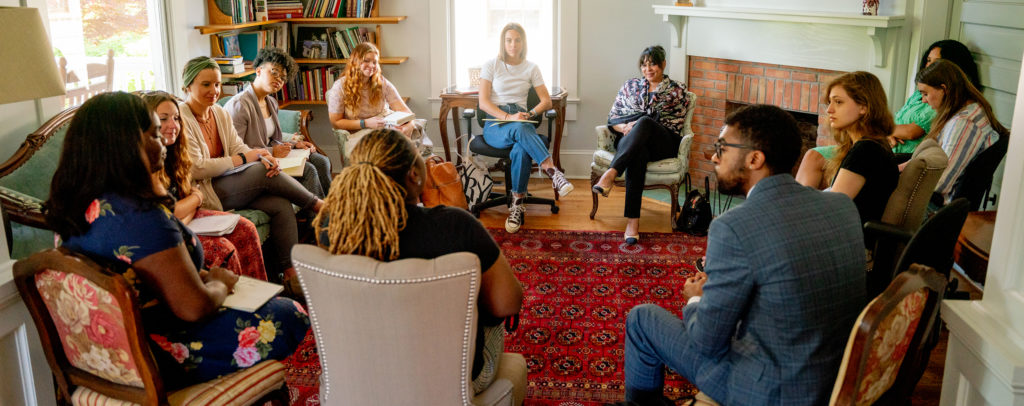Willson Center Strategic Plan for 2023-2028

WILLSON CENTER FOR HUMANITIES AND ARTS
Strategic Plan (2023-28)
AIMS
- Grow systems to increase engagement, mentorship and external applications for fellowships, grants and awards
- Advocate for, and communicate the value of, the humanities and arts
- Build on a research culture of inclusive excellence
MILESTONES
- Help colleges and units create a constant stream of external grant and fellowship applications
- Focus on building capacity with an initial set of prestigious external grants
- Consolidate existing research strengths with continued external support
- Create or enhance a new set of clustered research activity around impactful contemporary ideas
INTRODUCTION
The last institutional review of the Willson Center was concluded in March 2021. It was written in context of the late pandemic and related budget cuts. We have spent the last two years continuing to build opportunity and community in pursuit of increased engagement with and funding for the arts and humanities.
Given our many partners, Willson Center leadership and staff have created this strategic plan for 2023-2028 in consultation with our faculty advisory board; members of the Humanities Council and the Arts Council; senior university administration; and through a survey of faculty and graduate students. The Willson Center tries to embody a culture of constant review, so this strategic plan is a combination of specific action and broad context.
We consider the Willson Center to be part of a supportive, productive and high-achieving ecology across campus that extends to a network of external partners. This community is sustained by a wide range of activities, from individual small grants to donor relations, from major public programs like Global Georgia and the Delta visiting chair to the practice of research as social engagement, from the support of institutional initiatives to problem solving for students and faculty. The highlights of our strategic plan are underpinned by this activity, the evidence of which is legible in our annual report. The Willson Center is the work of many hands and we thank everyone who contributed to this document for their ideas and encouragement.
AIMS
The Willson Center is built on a foundation of relationships that include support for faculty enrichment and growth, major public events, positive donor relations, active communication with our peer centers and institutes nationally and internationally, and outreach to external foundations and grant sources. This basic work continues at all times. The three aims below give specific focus to opportunities we have identified as important to our mission in the coming three-year cycle. Our Strategic Plan is focused on
- Building and maintaining our positive relationships with external research partners and foundations with a view to growing future funding
- Increasing opportunities for engagement and mentoring among our community across campus
- Increasing the number of successful applications for major fellowships, awards and grants
Growing systems to increase engagement, mentorship and external applications for fellowships, grants and awards
We have in place a framework for information on grants, grant-matching between individuals and opportunities, mentoring, and grant-writing, the outcomes of which are summarized here. This framework includes
- Support for research cluster funding
- Support for interdisciplinary research seminars, including faculty and graduate students
- Engagement with a pool of faculty as mentors for grant writing and the reading of drafts
- Monthly messaging on available and upcoming grants
- Regular communication with department heads offering grant preparation support, particularly in the composition of draft narratives
- Coordination with colleges at the level of associate deans, which we plan to increase in frequency and make more robust in structure with the appointment of a new Associate Dean for Research in Franklin for example
- Coordination with other centers and institutes, which we plan to enhance by inviting them to nominate affiliated faculty to participate in grant and fellowship workshops
- Individual and group identification of promising areas of research and practice that can translate into interdisciplinary grants, as has happened with the UGA Arts Collaborative’s success with the NSF. There is great potential here with environmental/ marine/ public humanities, arts and sciences, the digital humanities, creative writing, and languages
- Individual meetings at the WC with every new humanities and arts faculty hire each Fall
- A mentorship program that has run for two years and served seventeen faculty in preparation of applications for external grants, fellowships, exhibitions and publications
- Engagement with university-level funding on initiatives such as AI, around which related grants can be applied for, as has happened with the National Humanities Center and is currently in preparation for the NEH
- A general focus on projecting the strengths, successes and potential we have through external communications, meetings with grant and foundation officers, networking with partners and with potential funders
Going forward we plan to build on these resources to create more opportunities for external recognition and grant success. Specifically, we will
- Expand the impact of our existing programs supporting competitive research grants by linking more internal support resources to near-term plans for seeking external grant funds or recognition
- Review and evolve the mentorship program, which currently operates as an annual cohort. We plan to change it into
- a cycle each semester of workshops on grant writing, budgeting, and managing internal processes, which will be augmented by research networking sessions and the regular meeting of the Felson writing group
- a new modular format of targeted workshops on seven specific grant areas in which we think our humanities and arts faculty have good opportunity for success. These are ACLS Fellowships; NEH Fellowships; NEH Public Scholars awards; NEH Collaborative Research Grants; NEH Digital Humanities Advancement Grants; Guggenheim Fellowships; and NEA Grants for Arts Projects. Individuals will be able to volunteer for these workshops or be nominated by other centers, institutes and departments, or by consultation with colleges in context of data analytics or other supporting information. We will also track current grantees and cluster members for potential applicants
- Work with colleges to identify individual faculty members’ ambitions for meaningful success in research output and help them achieve it, in particular where their needs are interdisciplinary beyond a single unit
- Engage a new round of cluster funding in partnership with other units to showcase and support current research areas with the immediate potential to coalesce around grant or funding opportunities
- Increase our engagement with central and college development, a process underway currently
- Integrate graduate students further into mentorship and awareness of external grants and fellowships
- Pilot a program for graduate students to be paid as editors of proposals
- Advocate for and support more interdisciplinary opportunities for faculty and graduate students to work together with a view to building research capacity, including through a discussion of team-teaching
- Advocate again for grants officers with specific experience in and knowledge of the arts and humanities
Advocating for, and communicating the value of, the humanities and arts
Our role in the Humanities and the Arts Councils, and the two festivals associated with them, has become ever more important, especially given the university’s evolving priorities in research success. Going forward we will
- Expand our existing internal and external communications to amplify the academic success of majors and minors in the humanities through all our available channels
- Intensify our engagement with the Honors College, and with CURO, potentially through the proposed revived publication of JURO
- ‘Datafy’ the impact of the humanities and arts, as for example in collaborating with Humanities Indicators at the American Academy, and in tracing students like Jorge García Granados’s path from a Willson Graduate Research Grant to a very highly competitive ACLS Dissertation Research Grant
- Coordinate with university offices and colleges to define and promote the value of arts and humanities degrees in a global economy that increasingly requires their skills
- Continue our leadership roles in CHCI and a2ru, which are the international organizations in humanities and arts whereby centers and institutes communicate with each other
- Support the university’s rise in global rankings and visibility by building partnerships, especially those with grant opportunities, as with our recent LMU Fellowships and with the digital humanities at the University of Liverpool
Building on a research culture of inclusive excellence
One major success in the past five years has been our Mellon Foundation-funded partnership with the historic Penn Center in St. Helena, SC. This grant has generated a great deal of constant work, which we hope to build on again as we proceed together.
Our focus on building and sharing this model of research, with student residencies, community fellows and artists-in-residence, has given us a very positive experience of collaboration, and of grant-management, which we share with other units, as with the Institute for Women’s Studies, which recently received its first Mellon grant. In expanding opportunities for external grants and fellowships we will continue to work with other UGA centers and institutes to see how we might offer shared grant opportunities in specific areas related to their mission.
The majority of our major external funding has grown out of our culture of publicly engaged humanities and arts, the evidence of which you can see in projects like the Penn Center grant, the Athens Hip Hop Harmonic, the Shelter Projects program and many others. Going forward we will continue to highlight this public engagement as a point of difference and strength, in alignment with the university’s commitment to serve the state in all its dimensions.



